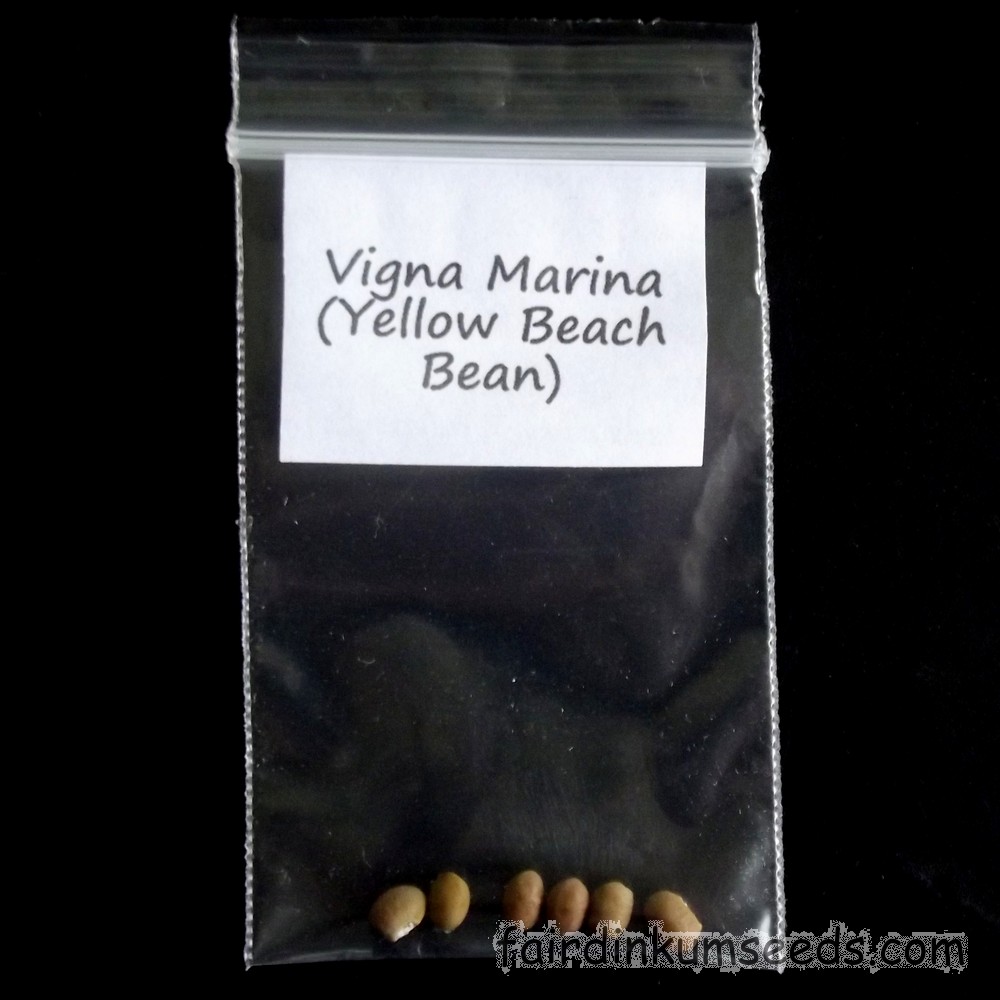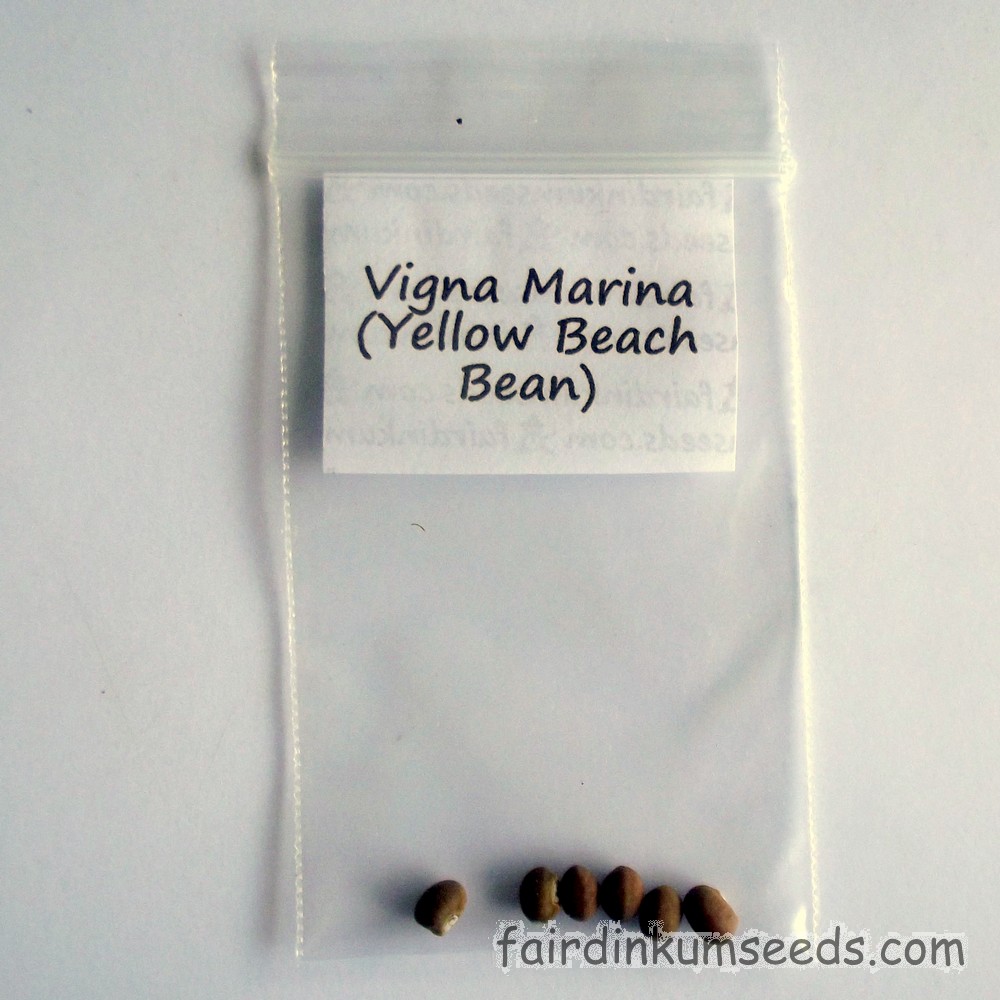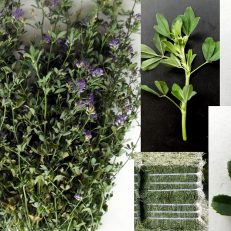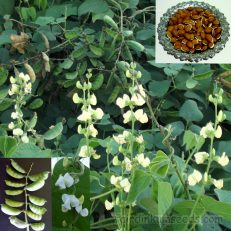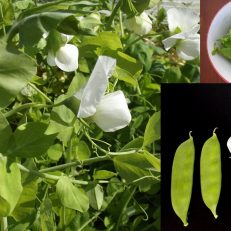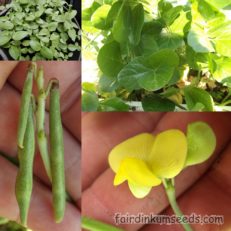Please read text!
Vigna Marina Dune Yellow Beach Bean Seeds
Packet of 5+seeds from this Aussie Native!
Normally found on beaches and coastal regions of Australia, Hawaii, Puerto Rico, Brazil, India, Taiwan, China, Sri Lanka, Bahia, Africa, and a whole host of island nations inbetween.
Super salt tolerant and drought tolerant it is a great choice for stabilization and improvement of poor sandy soils.
It is a nitrogen fixing legume that does not need inoculation to produce nodules, meaning just having this plant will provide food and energy for other nearby plants.
It sucks up nitrogen from the atmosphere and stores in it the root nodules and the nearby soil, always saving a little more than it needs, and this excess is spread throughout the soil structure like a mild slow release fertilizer.
The plant itself is quite attractive. It’s a sprawling creeper that spreads along the ground and produces flowers and pods all year round.
The large tuberous roots are routinely boiled and eaten in Africa and China as a staple of many coastal communities. Australian Aborigines roasted them over coals before peeling then eating.
The leaves are a great fodder crop for stock and they are also blanched and eaten as a vegetable. Even the seeds are put to use, first roasted then boiled as a substitute for coffee. In the Maldives the seeds are harvested and used as a food.
In Hawaii as well as elsewhere the above ground parts are pounded into a sticky paste and applied to wounds much the same way as Aloe Vera. Said to be great for tropical ulcers and coral cuts, also boils and skin conditions.
With so many places having this plant locally, and the majority of them making good use of it, there are many different names for them.
Dolichos luteus, Phaseolus marinus, Scytalis anomala, Scytalis retusa, Vigna anomala, Vigna lutea, Vigna repens var. lutea, Vigna retusa, nanea, notched cowpea, lemuomakili, mohihihi, nanea, nenea, puhili, puhilihili, pulihilihi, wahine oma o, okolemakili, kacang laut, rerenge makenti, fofuo dowongi, kacang laut, pataning dagat, dune bean, beach pea and like several dozen other species the sea bean.
Germination is easy, just poor really hot not quite boiling water on them at night before you go to bed and leave to soak. When you get up in the morning plant them in really fine sandy soil and keep them moist. I get four healthy plants for every five seeds I plant like that, and once nice and strong, on about the fourth leaf I plant them out wherever I have the space.
Nothing special, as long as the soil drains well, and you water them regularly in the beginning that is really about it? After a month they never need any looking after. Occasionally move the tendrils around, curl then back over the main tuber, or point them in the direction you want the plant to spread, Bob’s your Uncle!
Grown by me and the Mrs organically, no chems, no nasties no problems!!!

